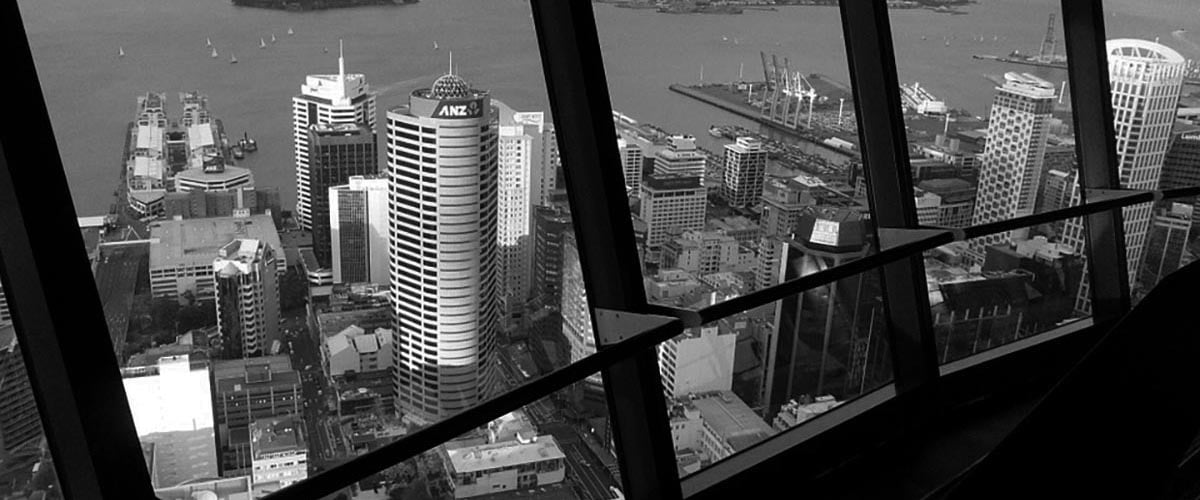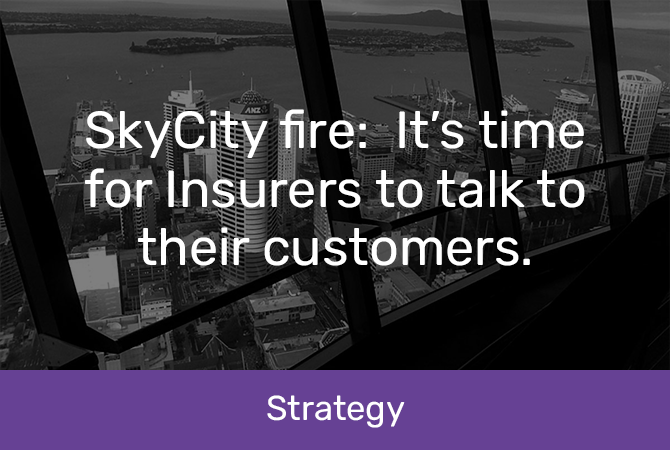
SkyCity fire: It's time for insurers to talk to their customers
On October 22, Auckland’s SkyCity Convention Centre caught on fire and burned for over two full days before finally being contained by more than 20 firefighting crews from around the region. As you can imagine, the damage to the $700m building is extensive – not only is the roof destroyed, the interior has been ravaged by both the smoke and the 8 million litres of water used to put out the fire. This cost is accompanied by the loss of profit that SkyCity will experience by the further delay in construction, and the fiscal impact on the businesses that had to close while the fire was raging, and the potential KiwiSaver hit the average New Zealander has taken as a result.
Unstoppable raging fire over Auckland Sky Convention Center 🔥#aucklandfire #Auckland #SkyCityFire #skycity pic.twitter.com/RXTe2SRmij
— Liam Jung (@liam_jng) October 22, 2019
The SkyCity fire was a wake-up call for millions of Kiwis who could be impacted by unexpected emergencies, whether it’s a fire, an accident, a flood or a theft. Many New Zealanders have building, contents and vehicle insurance, but many don’t – and a large proportion don’t actually have adequate cover to meet their current needs.
It’s every insurers’ responsibility to make sure their customers are being provided with the cover that best protects them from the unexpected. Now is the perfect time to have that conversation, and your data can help.
You know you’ve got under-insured customers - but do you know who they are?
Insurance tends to be viewed by many as a ‘set and forget’ service. People might get a significant raise at work, or renovate their house, or buy an expensive car - all without thinking to reevaluate their policies. Insurers are aware that not all their customers have sufficient cover. What they don’t know is who those customers are, at least until a claim comes in and that person or entity realises they’re unfortunately not as insured as they ought to be.
More and more, insurance is becoming a ‘needs first’ industry. Companies have to be able to show that they’ve been striving to meet customer needs, while also making sure not to sell them things they don’t need. So how can insurers determine which of their customers are currently under-insured, by how much, and how best to remedy the situation? Here’s an analytical approach.
![]() 1. Use a model to determine what is appropriate cover for every customer
1. Use a model to determine what is appropriate cover for every customer
By creating an analytical model that combines an insurer’s customer data with external data, you can assess a building, vehicle or person’s likely ‘value’. These different values can then be mapped to the different policy levels your company offers, allowing you to segment your database by the different kinds of cover customers should technically have, based on their current situation.
![]() 2. Compare the gap between what they need and what they actually have
2. Compare the gap between what they need and what they actually have
Next, you can cross reference the results with the list of what policies customers have. In doing so, you’ll likely identify a great number of customers who haven’t updated their policy in a while, or whose situations have changed but their cover has not. This list of under-insured customers then needs to be prioritised and tackled based on the size and severity of the gap in cover.
![]() 3. Determine how to reach them through the right channel
3. Determine how to reach them through the right channel
Once you’ve got this list, you can figure out who would be best to reach out to through which channel. If someone has a big gap between their current and suggested levels of cover, it might be worth a direct phone call - for others with smaller gaps, maybe an eDM would do the trick. With a marketing automation platform, you can personalise these emails to include the relevant policy upgrade info for each individual.
Datamine has done a good deal of work in the insurance industry, including this kind of modelling project. The benefits of such an initiative extend to both company and customers:
1. Increased premiums from previously under-insured policy holders2. Happier customers who feel that their needs are being catered to
While it’s always a good time to talk to your customers, the SkyCity fire has presented an urgent need for insurers to double check that their policy-holders are adequately covered. Get in touch with us below if you’re keen to learn more about how modelling can help you identify the right levels of cover, the people who aren’t getting that cover and the best channel through which to reach them.















































